If you’ve ever worked on a link strategy, you’ve probably sent out link requests.
The idea is simple––just ask a site for a backlink.
It’s the most direct way to get new links, and when it works, it’s super convenient.
But there’s a problem. This isn’t a perfect strategy.
Often, these requests get lost in a flood of emails. It’s easy to understand when you think about the fact that the average person receives 88 emails a day.
Sometimes, your request will get ignored because it’s not a high priority.
Other times, your request will get flat-out denied. You’ll get a response, but it won’t be the kind of response you want.
So what do you do?
You have to create a backlink request that is impossible to ignore or turn down.
I know that doesn’t seem like an easy job, but once you know what site owners are looking for, it gets a lot easier.
And if you care about getting high-quality links, you absolutely need to know how to write a good link request pitch. It’s a valuable skill for any SEO or marketer to learn.
I’m going to break down the process of creating a link request that will work for you and help you get new authority links.
This will work no matter what niche you’re in and no matter how big your site is.
Understand what site owners are looking for
Here’s the unfair truth about getting links.
Some sites that aren’t the best get links just because they can pitch themselves well.
And that means there are tons of sites that deserve links because they have awesome content. But not all of these sites create good pitches, so they don’t get links.
I know it’s not fair, but unfortunately, that’s how it is.
The main point here is that sites won’t give backlinks to anyone with a URL.
As someone who runs several blogs, I can attest to that. I do often give backlinks, but I’m choosy.
I personally consider both the pitch and the article or site in question, but I know many people don’t.
That’s why you have to nail your pitch.
Here’s an example of a pitch that is sent out way too often:
But first, I want to explain what site owners (like me!) are looking for in a pitch.
What benefits does the site get?
The reason why any blog accepts backlinks is ultimately to help themselves out.
Getting backlinks right is crucial for a great link building strategy, so almost every site wants to have the best links.
To get a link, you have to tell the site owner what benefits they will get.
This is a huge deal.
You cannot afford to ignore this if you are serious about getting lots of high-quality links to your site.
Here’s a little secret: Most sites are looking for the same benefits.
If you know what most people are out for, your chances of getting links will skyrocket.
Here’s what most webmasters look for in a link:
- The content is relevant to their site
- The content is detailed and deep
- The content is well written/produced
- The site is legitimate
Let’s put each factor under the microscope.
Relevant content is a must
Every week, I get pitches for completely unrelated content. You wouldn’t believe it, but it’s true.
But that doesn’t mean that I give out links to every piece of relevant content. Like I said, I’m choosy.
There’s an important relationship between a piece of content and the content it links to.
The linked content has to supplement the main content somehow.
I’ll show you what I mean. Here’s one of my recent articles:
In the beginning of that article, I talk about how everyone is psychologically pretty similar:
I linked to a source that helped to supplement what I was saying. I was making an argument, and the source supported my argument.
That’s the basic reason that I link to any site at all. There are exceptions, but 90% of the time, it’s to support what I’m writing about.
Can you do that for other sites?
Can your site be the authoritative resource that sites are looking for?
I know you can. It all starts with offering relevant content.
Of course, you have to go the extra mile when you’re creating that content. If your content is crappy, it’s not going to get any links.
Going off of that, you need to make sure that…
The content is detailed and deep
You probably know I often write about long-form content.
But there’s something I think is way more important than long-form content.
It’s comprehensive content.
You can have a 6,000-word article that’s complete trash, and you could have a 1,000-word article that hits it out of the park.
For me, I’ve found the sweet spot to be somewhere in the middle, around the 3,000-word mark.
I know that still seems like a lot (and it is!) but it’s so worth it.
There are several reasons I recommend creating longer content.
First, if you write long content, it will naturally have to be detailed.
Obvious, right?
It’s still possible to write longer content that’s full of filler, but in my experience, you can’t help but go into detail.
Second, longer content is statistically better for you.
Don’t believe me? Take a look at the data.
Longer content gets more links.
It also usually has higher SERP ratings:
Readers love long-form content. (Search engines do too.)
If you regularly post long form, authoritative content, you’ll get attention and drive more traffic to your site. It sounds too good to be true, but I promise it works.
All of that said, if you have to choose either detail or length, go with detail.
But in my experience, longer content naturally becomes detailed, and you get the best of both worlds. That’s what I recommend doing.
The content is well written/produced
No, I’m not a grammar snob, but I do think any content I link to should be well written.
Does this mean it has to be perfect with not even a comma out of place? Not at all.
It means that the content has to say something effectively. It has to tell readers something clearly.
Seth Godin’s blog is a great example of this.
He posts every day and writes in a voice that’s very casual. That means he often breaks the rules of grammar.
But guess what? No one cares.
People love Seth’s blog because it brings a unique perspective to the table. The improper use of a semicolon isn’t going to turn readers away from that.
At the same time, don’t ignore grammar. It’s still important! Just don’t get obsessed with it.
My point is that content should be a resource that says something clearly.
The same goes for content that isn’t text-based, like videos and infographics. They still need to do the same thing: share knowledge that’s worth the readers’ time.
The site is legitimate
For most of you, this won’t be a concern. But as a blogger, I have to make sure I’m linking to legitimate sites.
I try not to judge a book by its cover, but whenever I see a basic WordPress theme, I’m inclined to believe the site may be a little shady.
Source: WordPress.org
You don’t have to have a custom design theme to appear legitimate. You just have to make sure that the sites you’re pitching know you’re the real deal.
Linking to your social profiles can help with that.
And be aware that if your site is brand spanking new, you won’t have the clout that older sites have. So you’ll have to be even more persuasive.
Ultimately, all of these points are saying the same thing: Put in the hard work to create top-tier content, and you’ll be rewarded.
Sell your value
So far, it sounds pretty simple, right? It’s not much, but you wouldn’t believe how many requests I get that don’t match one or more of these criteria.
It’s even more frustrating when I can’t really tell if the resource is good from the pitch alone.
Your link request needs to sell your article or page as an invaluable resource, and you need to make the benefits crystal clear.
Here’s a pitch I received that I liked:
I want to zero in on that third paragraph:
This tells me exactly what the benefits are. Spelling it out for me is awesome, and I know most site owners would agree.
These benefits will also actually help me. They’ll promote my brand to a new audience, which is what most sites want.
So how can you communicate these benefits in your pitch?
First, you need to have real benefits to offer.
The most important benefit is relevant content. You need to have something that will add more value to the resource you’re inquiring about.
Having a relevant article is all you really need, but if you can offer more, that’s even better.
Specifically, if you have an established audience that you can promote to, that’s gold. That’s what every site owner dreams of.
Make sure you spend a good amount of time on this step.
I’d say about 75% of the battle of getting a link is convincing the site owner that you’ll benefit them. If you can do that, you’ll have a huge chance at landing a link.
Shorter pitches are better
This may seem silly, but shortness matters a lot.
I receive roughly 207 emails per day. I usually read all of them, but I can’t respond to all of them.
That means I can’t read a five-paragraph essay asking for a backlink.
Take another look at that first pitch I shared in this article:
Notice how short and easy to read it is. There are lots of single lines, and it’s easy to find and click on the links.
More importantly, it’s to the point. There’s no question what this email is about.
These are the kind of emails I love to read. I can skim this email in 15 seconds or less and know whether or not it’s worthwhile for me to respond.
One more thing.
Even though you should keep your pitch short, don’t leave out any necessary information.
Here’s a pitch that’s not formatted like the ones I’ve shared. It’s a tiny bit longer and uses chunkier paragraphs:
As you can see, this obviously worked.
I think that’s because the sender didn’t leave out any details. Every word had a purpose.
But it was still short. It could have been shorter, but this length isn’t bad.
As a rule of thumb, make it as short as possible, but don’t leave out important information either.
Writing the pitch
Getting started with your pitch can be intimidating.
But once you do get started, you’ll find it’s a lot easier than you thought.
First, think about your subject line.
You need to spend more time on your subject line than any other part of your request. That’s because your subject line might determine whether or not someone will click on it.
If you’re used to content marketing, this is old news. Headlines draw people in, and the subject line is just a headline for email.
If a subject line isn’t good enough, your email might get marked as spam.
There are no wrong answers here, but you do want to write something compelling.
I like using questions or making bold statements.
Here are a few suggestions to get you started:
- [Name], are you interested in partnering up?
- I’d like to give you something for free
- It’s time to take your content to the next level
- Your article is missing something!
Obviously, these are all in my voice, so your subject lines will probably look quite different.
It’s super important to use your natural voice. Don’t feel pressured to be someone you’re not.
Try thinking outside the box. You can use an emoji in your subject line, or you could put one word in all capital letters to grab attention.
Here are 12 of my favorite tips for subject lines, courtesy of Constant Contact:
Next, you’ll need to write the actual body of the pitch.
Be friendly and approachable, and don’t forget to state the benefits you’re giving the recipient.
I think the best way to figure out how to write a pitch is to look at some templates.
Here’s a template that takes advantage of Brian Dean’s Skyscraper Technique:
If you’re unfamiliar with the Skyscraper Technique, it’s basically this: You create an improved version of an existing resource.
Then you reach out to other sites that have linked to that resource, and let them know you have a better version.
This works like a charm for getting links, and it also establishes your site as an authority.
The above link request meets all the criteria I talked about earlier. It communicates benefits, it’s short, and it pitches good content.
It’s a great option if your voice is a bit more formal.
The basic idea here is to offer suggestions on someone’s site and then politely ask them to return the favor.
This is so powerful because it hits upon a social trigger called reciprocity. The person you send this template to will already be willing to help you.
I’ll admit, this exact style isn’t for everyone, but it’s worked really well for me.
If this isn’t your style, you can still take this basic idea and write it in your own words.
Finally, if you’re still having trouble writing pitches, give Pitchbox a spin.
Pitchbox helps you create email templates for any sort of request, not just backlink requests.
Conclusion
I’ve said this before and I’ll say it again: You do not need to be a great writer to write something great.
You don’t need an English degree or a spot on the New York Times bestseller list.
You just need to know what people are looking for and give that to them.
In this case, you need to explain why your link is beneficial.
I see so many sites that have excellent content, but they’re not getting links, and that’s a shame.
If you follow the steps I’ve shared with you, I guarantee you that you’ll get responses (and, yes, backlinks).
Like I said, every site is always looking for high-quality content to link to. The trick is to convince sites that your content is what they’re after.
Of course, some of your requests will still get ignored or declined. That’s inevitable.
But by using the techniques I’ve talked about, you will get more links.
These are the strategies I’ve personally used, and I know first hand that they work. So go out there and give it a try!
How do you reach out for backlinks?







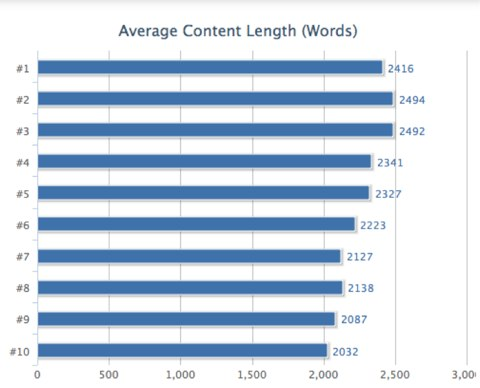
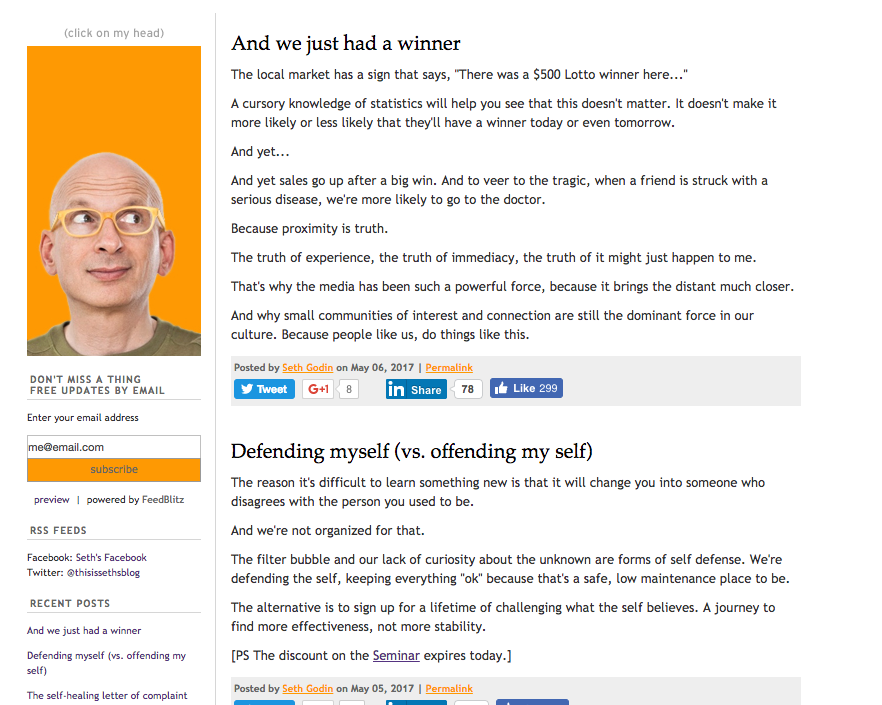









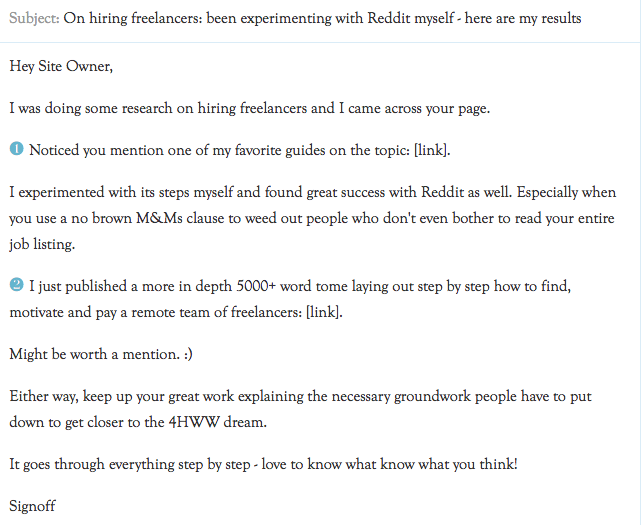
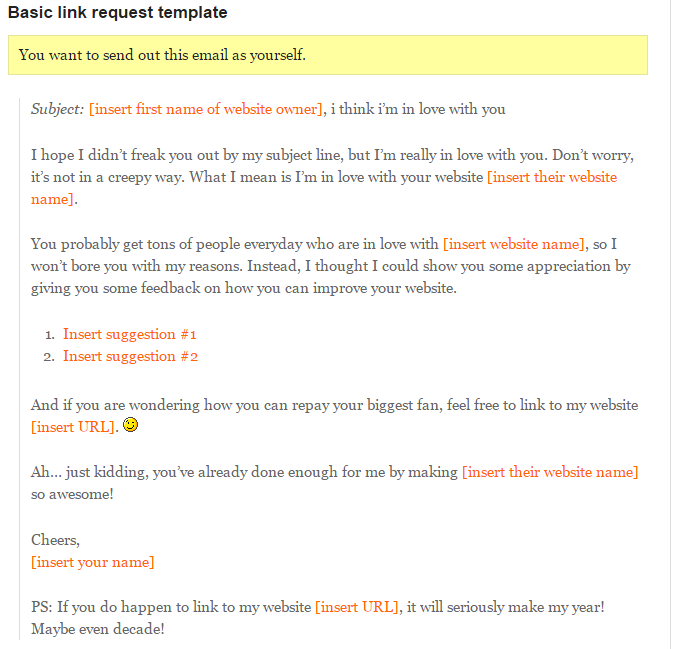
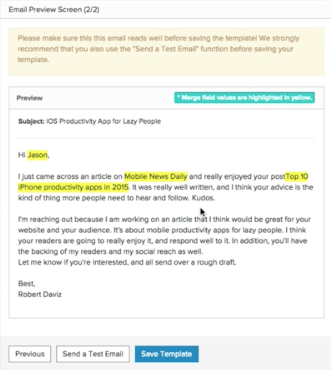
Comments (190)